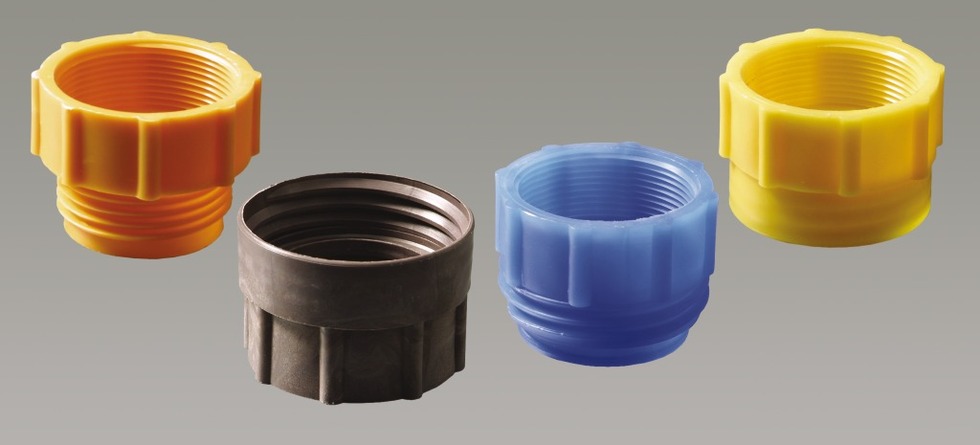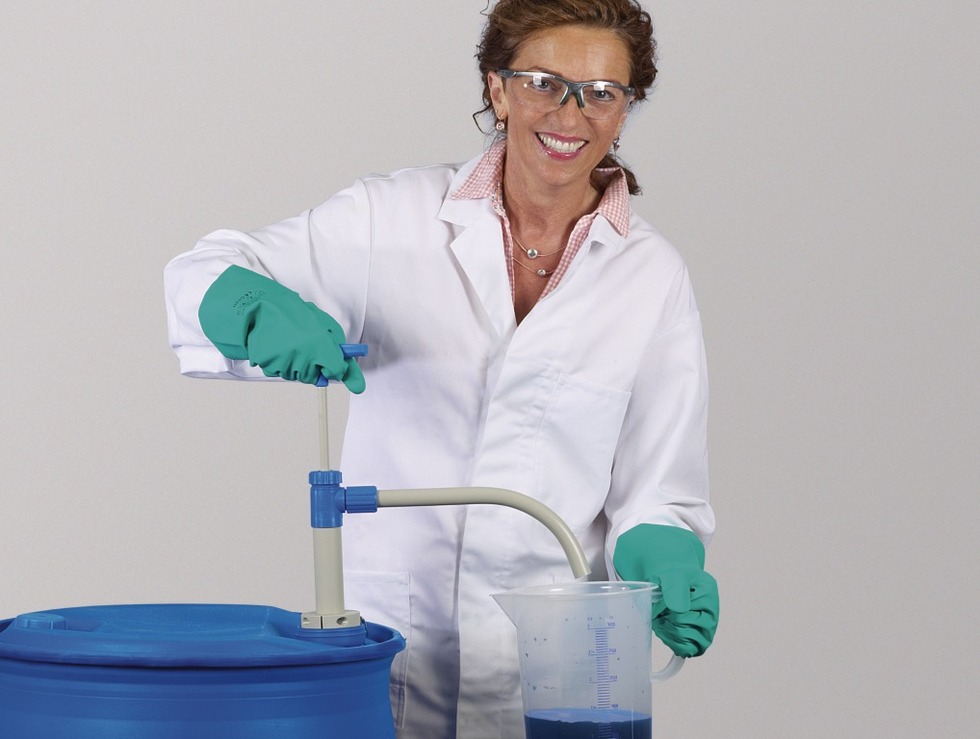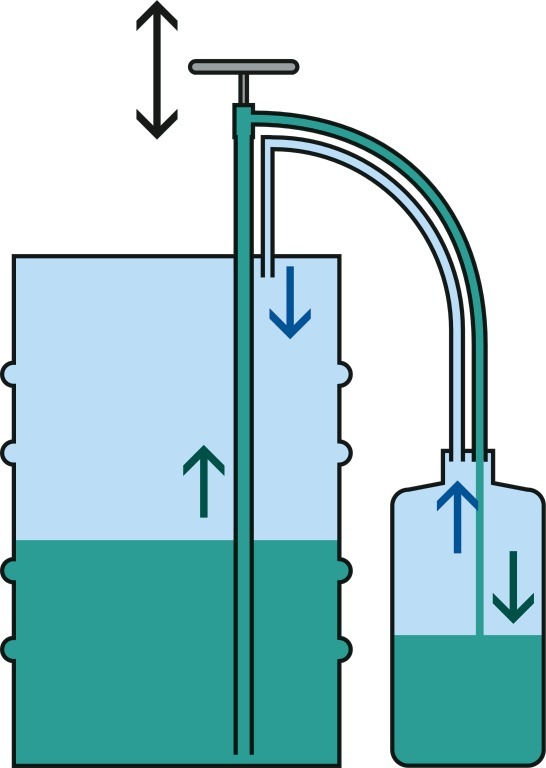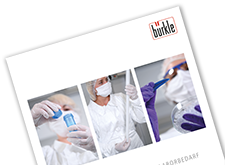Dangerous liquids must never be filled off by directly pouring them out. Even the use of a funnel does not provide the required degree of safety when bottling dangerous liquids.
- Increased accident risk by slipping on dirty floors.
- Skin diseases or poisoning by spilt chemicals.
- Health hazard from harmful vapours.
Safety during bottling must be the number one priority – for your own personal protection!

This means that purchasing a suitable pump for filling off hazardous liquids is an investment in the safety and health of your employees which pays for itself in a very short time.

Apart from the size and type of the container, the required pump capacity and the suitability of the pump for the particular medium are important considerations for choosing the right pump. The pump does not only have to be resistant to the medium to be bottled, but specific occupational safety and environmental protection regulations must also be considered.
Pump capacity
Electric pumps are the first choice for filling off large quantities at a fixed location. Their higher pumping capacity saves times and requires less manual effort. However, the purchase of an expensive electric barrel pump does not always pay for itself; there is often no on-site mains supply, e.g. in the open air, during assembly or in the equipment storage facility. Manual pumps are an interesting alternative to electric pumps for filling off small quantities due to their independence from a power supply and because they mean value for money.
Bürkle offers a wide range of pumping devices for manually removing liquids from containers, canisters, drums and tanks.
Container size and container type
Pumps that work according to the excess pressure principle are suitable for filling off the required quantities from canisters and small drums up to a capacity of approx. 60 litres. Air is pumped into the container using a pumping ball or pumping piston. This creates excess pressure in the container and the liquid is transported out via the immersion tube.
Barrel pumps are suitable for larger barrels and open containers. They draw in the liquid and then eject it. This family of pumps is characterised by their robust construction with a good pumping capacity and simple handling. Different immersion tube lengths mean that the pumps fit all the usual commercially available containers. Low-mounted suction valves ensure that almost all the residual liquid is removed.
Materials
The most suitable pumps are robust industrial pumps made from top-quality materials such as polypropylene (PP) for acids and alkalis, or stainless steel V2A (1.4301) for flammable liquids. We always recommend the use of PTFE seals. Always check that the material is resistant to the medium to be pumped.

In contrast to metal drums, which usually have an R2“ fine thread, there are no standard connection threads for plastic drums. There are basically two different ways of attaching the pump to the drum or container. On the one hand, the pump can be screwed onto the existing container thread using a barrel screw joint, possibly in combination with an adapter. On the other hand, universal solutions such as conical drum stoppers can be used.
Plastic siphons are a cost-effective alternative to mechanical pumps. Siphons are easy-to-use devices for safely filling off liquids from a higher container into a lower one. However, using them for aggressive or flammable liquids cannot be recommended. The pump bellows could be affected by acids and become brittle.

Acids, alkalis and detergents can be safely handled by plastic pumps made of PP or PVDF. Bürkle offers many plastic pumps with both rigid discharge pipes and also with discharge tubing and shut-off valve for filling containers which are further away or higher up. When handling corrosive or aggressive liquids, the user must take appropriate precautions. Protective clothing such as gloves, goggles, aprons and face masks is essential.

Filling off flammable liquids requires special precautionary measures. It is essential that filling devices for flammable liquids are made of conductive materials. It is essential that any electrostatic charges formed are eliminated completely and without forming sparks. Stainless steel barrel pumps meet these requirements when the electrostatic charges are eliminated by using the Antistatic Set.

With volatile media, such as acetone or ammonia, hazardous vapours are formed in the container. Their evaporation into the working environment and the risk to the user can be reduced by using a gas-tight barrel connector. With particularly toxic, noxious and readily volatile media, a closed filling system with a gas-shuttle pipe is essential. In this method, the gases displaced from the container are returned directly into the original container. The harmful gases remain in the system; the greatest possible degree of safety during filling off is guaranteed.
If foodstuffs are to be filled off, then it must be ensured that the materials used are physiologically harmless. Materials such as stainless steel, polypropylene or PTFE, which also have a neutral taste and odour, can be recommended. Furthermore, the pump must be easy to clean.
Any questions?
We will be happy to advise you. Talk to us - telephone +49 7635 82795-0, or send an email to info@buerkle.de.

